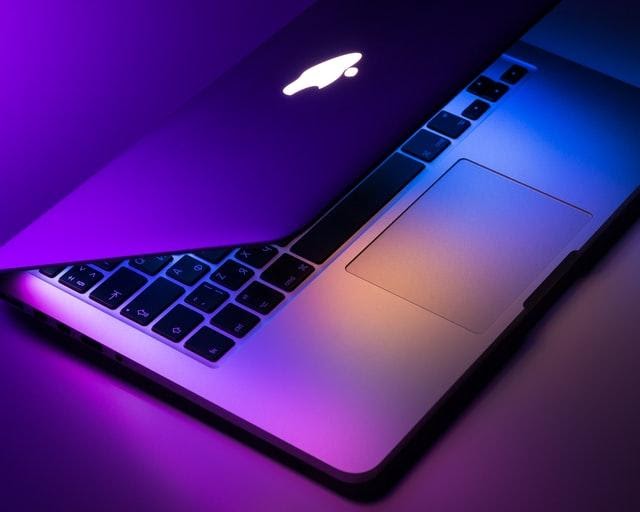Struggling with a slow MacBook might be one of the most disappointing things, especially after spending huge bucks on the gadget. It becomes important that you find out the reason for a slow MacBook.
Yet, it is just not about the reason, but also about addressing the problem. But, solving one problem might often lead you into a deep hole of solving numerous problems, thus taking up hours.
Often, the major consequence might be the loss of the data, once the problem is addressed. Thus, it becomes very important that you take proper care and keep your system software updated.
This article explores a few of the major reasons which could be responsible for the slow MacBook.
We would also explore 5 quick tricks that might speed up your MacBook! If these tricks do not work for you then you may sell MacBook and buy a new one.
Reasons for a slow MacBook:
1.Applications not in your notice
It might be important to keep a tab of the applications which might be running in the background. The background applications often cause your MacBook to lag and not run smooth enough, since they occupy temporary space in your device.
2. Need to change the hard drive
It is very important to check the space of your hard drive periodically. If your hard-drive is lacking space, it might lead to the slowing down of the entire system.
3. The software of the 90s
Having software that is pretty old means that it is not having the needed protection against viruses. Often updating the software helps in gaining an edge, moreover, we suggest to do away with any such software which is not used frequently.
4. Boot up speed:
The slow speed of starting of the MacBook is something to worry about. A slow booting of the MacBook might not be a great sign, thus your device might need to visit a doctor pretty soon!
5 tricks to keep ready:
Don’t just get stuck with the slow speed and the lagging MacBook. It is time you find out a solution for the same.
1. Look into the permission of the apps:
As an app is installed into the system, it seeks numerous permissions. With time, the permissions get updated, so they start to occupy a lot of space in the hard disk.
It is always suggested to keep a check on the permissions which the app on the system asks for. Keep updating them and removing them, if they occupy more space. You can also use Disk Utility to enhance the partitioning of the disk and free up space for you.
2. Get glued on to the Activity monitor:
As you are busy completing the annual meeting report at the earliest if your MacBook is enjoying a siesta, it’s time you check the Activity Monitor.
Have a look at the memory usage by the applications and combat them accordingly. You can even do away with the applications which are becoming the memory hog and replace it with something lighter.
3. Check for the start-up:
Is it that every time you log in to the system, there is a parade of applications starting? Well, this could be the major reason for the booting time taking even longer.
Check for the applications which launch at the start-up and using the Users & Groups option from preferences manages the applications.
4. Keep updating the software:
Always keep your OS updated. It is the best way to get the recent updates in the OS in your system and staying protected against any malware
Updating the software also ensures that your system runs smoothly. You can change the settings to either update it automatically or manually.
5. Say goodbye to old hardware:
If nothing of the above works out, it’s time to dig a big hole in your pocket as you might have to shell some bucks to get a new set of hardware. The easiest way might just be to replace the hard drive with an SSD.
Follow Technoroll for informative articles.




